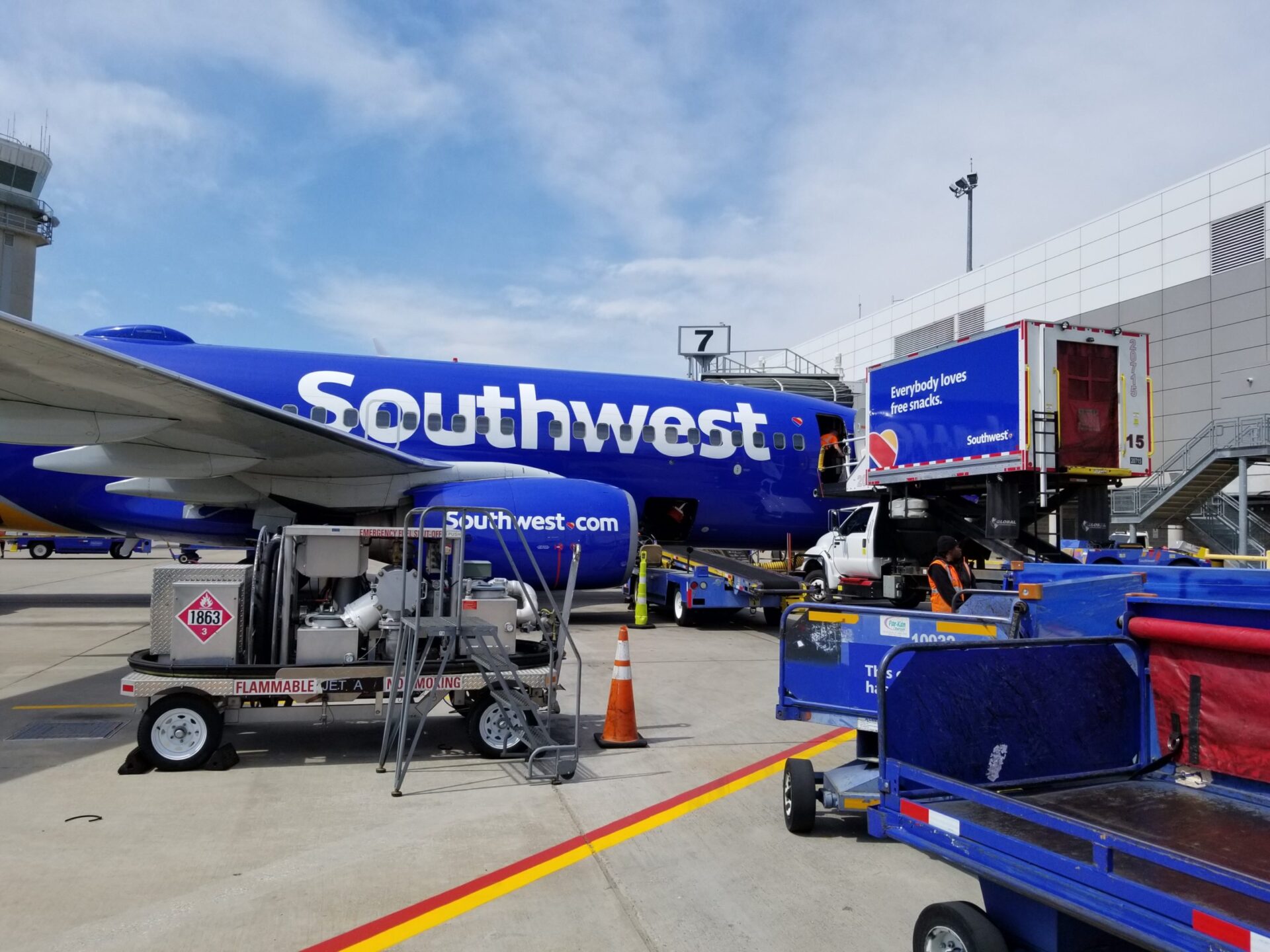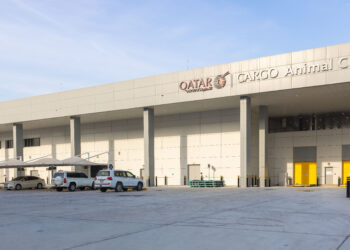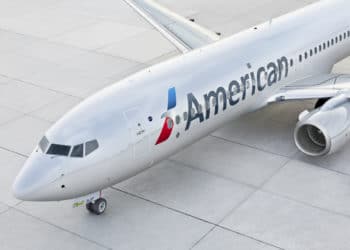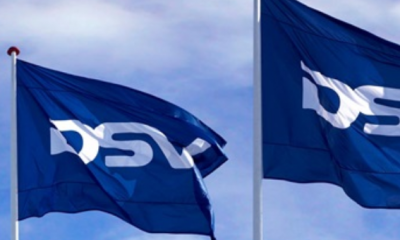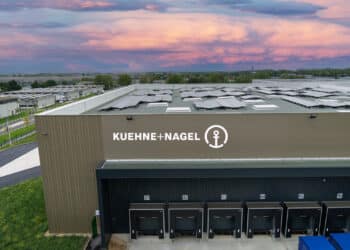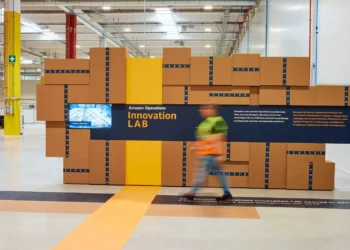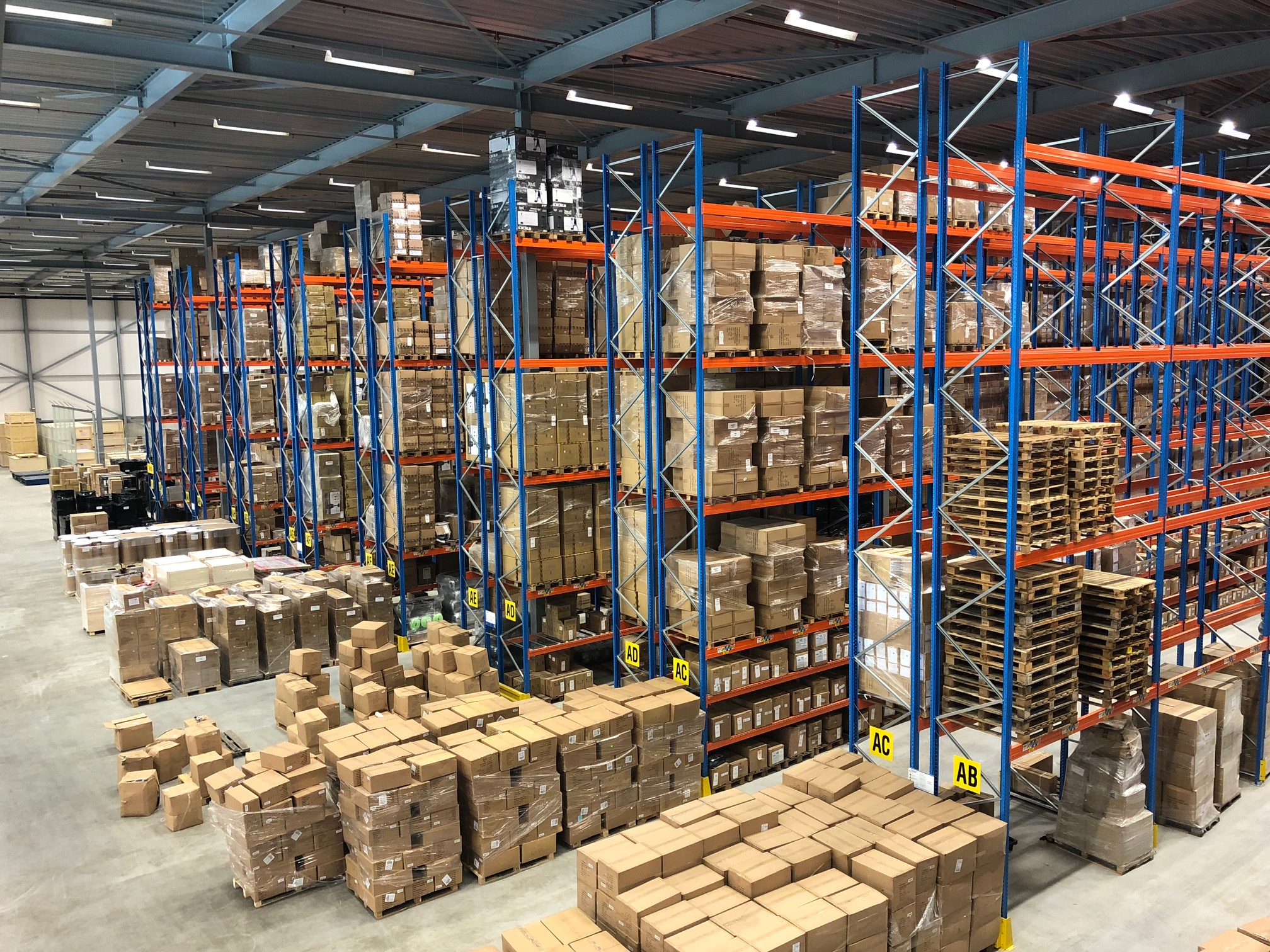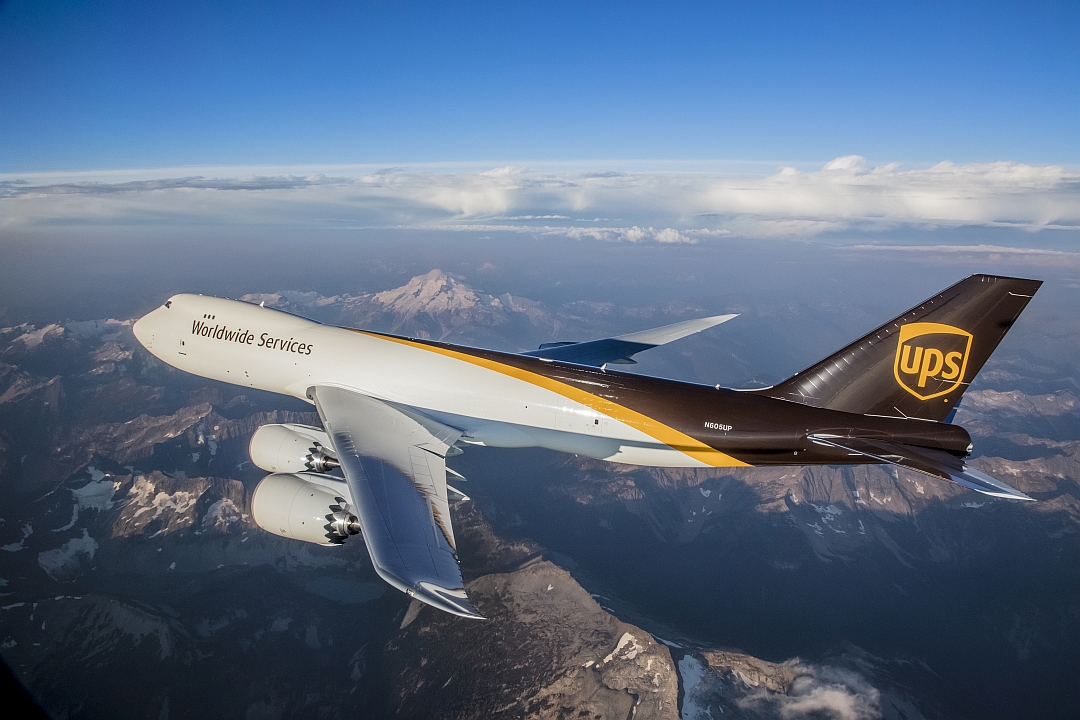No products in the cart.
Changes in Latitude: Latin America’s economy reverses years of cargo stagnation

Ten pallets of papayas are sitting in an industrial-sized refrigerator in one of the cool-chain facilities at Rio de Janeiro-Galeão International Airport (GIG), awaiting the green light from customs to be loaded onto the belly of a Los Angeles-bound widebody. Upon arrival in LAX, the prized fruits will be offloaded and transferred to another aircraft, headed east to China, the center of a region behind much of the rise in demand for Latin American perishables.
A hundred yards away, the tail of an An-124 freighter casts a shadow on the tarmac as it taxis to its designated slot. It landed a few minutes ago on an inbound flight from Miami and will unload units of oil-and-gas-exploration equipment, worth millions of dollars.
Such consignments were not as common at South American airports just two years ago. A cocktail of factors — among them, political turmoil, a devastating scandal involving Brazil’s oil companies and slow infrastructural growth — have kept regions in South America in an economic rut that has perpetuated for years, the symptoms of which are observable through the lens of air cargo. While Latin America is a large and multifaceted region, its fortunes are still driven largely by the performance of Brazil’s economic engine.
The country is finally recovering from a scandal that sent Brazilian oil and gas executives and political leaders to jail for colluding in corrupt investment practices, crippling the country’s economy. In the last year, the region’s fortunes have been changing. Thanks to a myriad of factors — including the rising popularity of e-commerce grocery apps, improvements in infrastructure and a growing middle class in China eager to buy more exotic, fresh foods — demand for airfreight in Latin America is finally gaining momentum. In addition, the rise in oil prices has reactivated demand for outsize carriers to move heavy-lift shipments to oil-and-gas exploration areas.
“The market is coming back, basically because the Brazilian economy is starting to slowly recover. At our airport, we are seeing modest growth across most airlines,” said Patrick Fehring, director of strategic development and cargo business at GIG. “We had a big drop in oil-and-gas volumes here in the last two or three years because of the corruption scandal involving the Brazilian government… That, together with the decline in oil prices, really hit the market very hard,” he said, but added that he believes the market will see a significant upswing by the end of year.
Azul Cargo Express is doing a lot of e-commerce these days, including books, electronics, auto parts, wines and “everything that is sold via the internet,” said Enio Rabelo Frota, cargo planning manager for the São Paulo-based carrier. “We also have Azul Box, which allows Brazilians to purchase goods from any e-tailer in the U.S.,” he said, and send them to Miami, where Azul handles customs clearance.
Andres Bianchi, CEO of LATAM Cargo, one of the region’s largest carriers, is also anticipating positive changes. “Coming out of a deep depression… rates are set to recover, as capacity starts getting tighter,” Bianchi said. “From that perspective, we have a much better outlook for 2018 and ’19.”
According to IATA, air cargo traffic in Latin America increased 17.4 percent and 10.8 percent, year-over-year, in March and April 2018, respectively, which was faster than any other region for the two-consecutive-month period.
Unsurprisingly, all-cargo and combination carriers have been looking for ways to take advantage of the new growth. However, getting a piece of the action is a more complicated matter than simply increasing capacity or rerouting flights, despite the region’s abundance of fresh produce, livestock and seafood, and high demand in Europe and Asia.
Page 1 of 3

